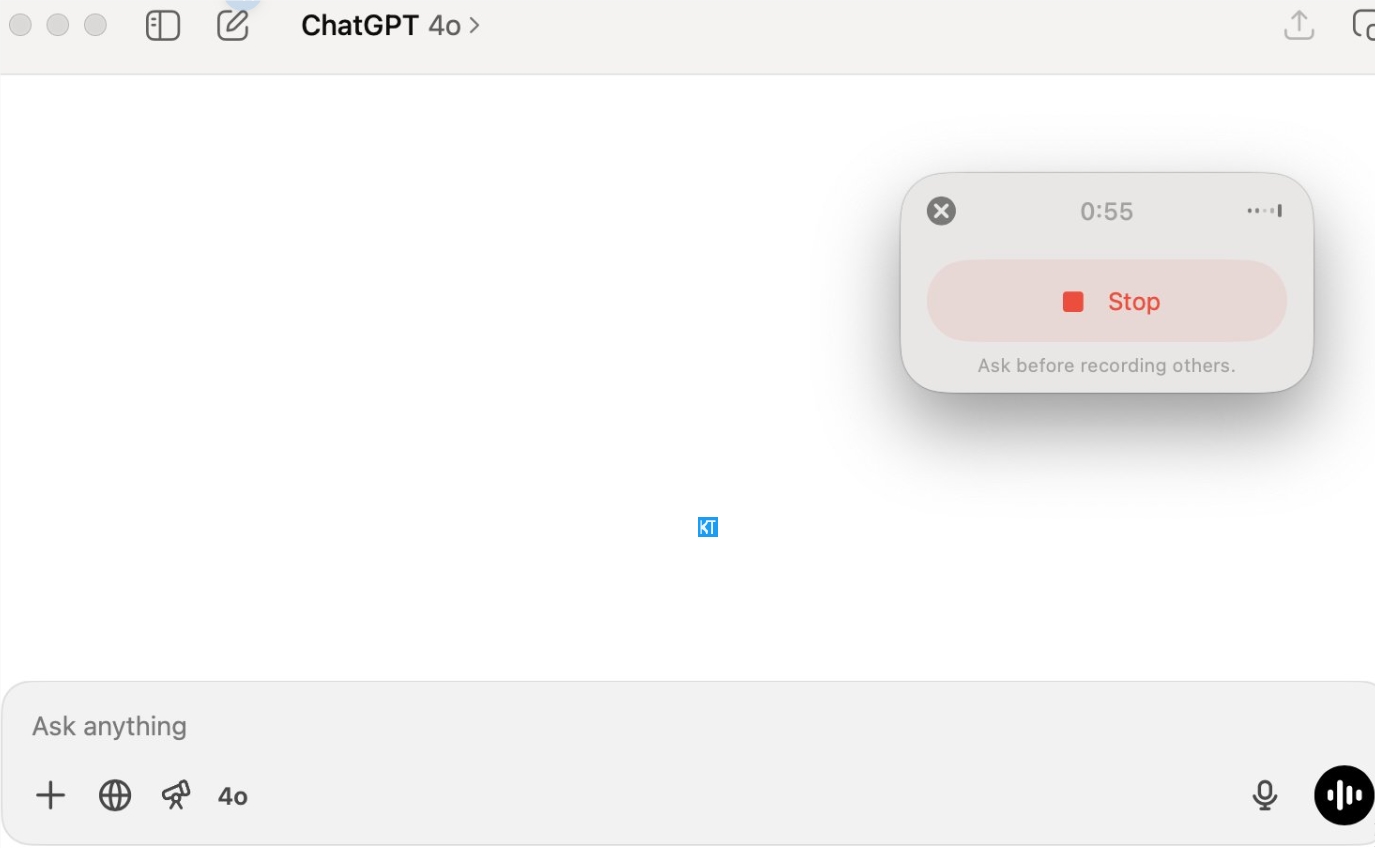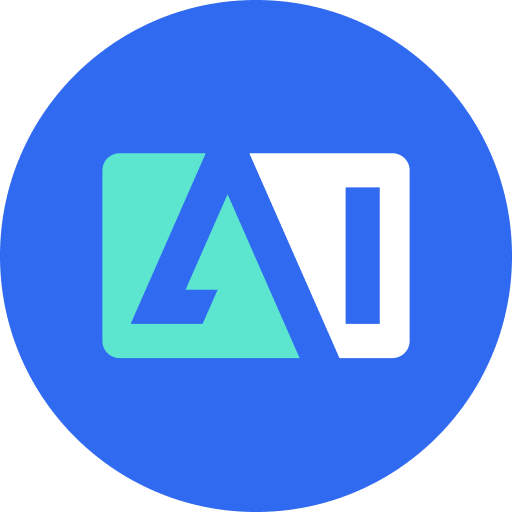OpenAI's popular AI tool, ChatGPT, has launched a highly anticipated new feature - the note-taking tool, designed specifically for meeting notes, brainstorming, and personal note management. This feature is currently available only in ChatGPT's macOS desktop application, offering users an efficient and seamless way to organize information.

Invisible Recording, Intelligent Organization
ChatGPT's new note-taking tool focuses on providing an "invisible" recording experience. Users can simply click the circular icon on the right side of the chat window in the macOS desktop application to start the recording mode. The tool will automatically transcribe audio content from meetings or lectures in the background and extract key information in real time, generating structured notes. These notes will be directly saved to ChatGPT's Canvas interface, allowing users to view and edit them at any time. This function does not require additional bots to join meetings, ensuring both privacy and naturalness during the meeting.
Compared with traditional note-taking tools, ChatGPT's note-taking feature leverages its powerful natural language processing capabilities. It can generate accurate transcriptions and extract key points, action items, or summary reports based on user needs. For example, users can prompt the tool with phrases like "list all decisions made in the meeting" or "summarize key discussion points," enabling quick access to structured information output.
Gradual Rollout, Targeted at Professional Users
According to official OpenAI announcements, this note-taking tool was first made available to Team users on June 4, 2025, and expanded to Pro, Enterprise, and Edu users starting June 18. This phased release strategy highlights OpenAI's emphasis on functional stability and user experience. Currently, this feature is limited to the macOS platform, and support for mobile and Windows versions has yet to be announced.
It is worth noting that ChatGPT's note-taking tool, combined with OpenAI's recent memory function upgrades, can refer to users' historical conversation records to provide a more personalized note generation experience. This means the tool can automatically adjust the format and content of notes based on users' work habits and preferences, further enhancing efficiency.
Market Feedback and Competitor Comparison
Discussions on Twitter show overall positive reactions from users regarding ChatGPT's new note-taking tool. Many users praised its seamless transcription capability and intelligent summarization functions, believing it particularly effective in handling lengthy meeting records. One user commented: "Compared to manual recording, ChatGPT's note-taking tool allows me to focus on the meeting itself, and I can quickly get a clear summary afterward."
However, some users pointed out that compared to specialized note-taking tools like Granola and Notion, ChatGPT's functionality still appears somewhat basic in certain scenarios. For instance, Granola offers stronger real-time collaboration features, while Notion excels in document management and multi-platform support. Despite this, ChatGPT provides a unique user experience through its deep integration with AI models and flexible prompt functionalities.
Broad Application Potential
Aside from meeting notes, ChatGPT's note-taking tool is also applicable in various other scenarios. For example, students can use it to organize lecture notes and quickly generate study materials; researchers can upload text or video content to extract key information and generate mind maps. Additionally, when integrated with OpenAI's APIs, this tool can be incorporated into workflow platforms such as Slack and Google Docs, further enhancing productivity.
AIbase believes that ChatGPT's note-taking tool is not just an extension of existing functions but also a significant step towards OpenAI's vision of creating a smarter, agent-based AI assistant. In the future, with cross-platform support and functional optimizations, its potential applications in education, enterprise, and personal knowledge management will be further realized.
